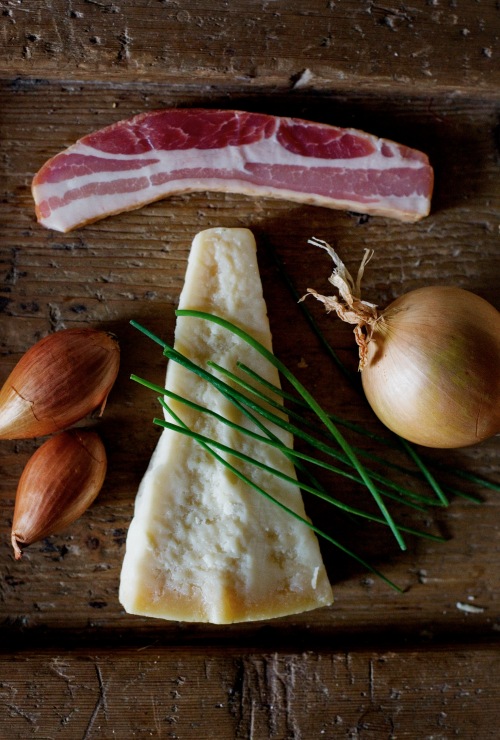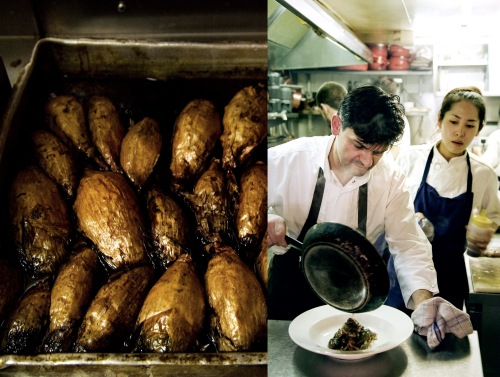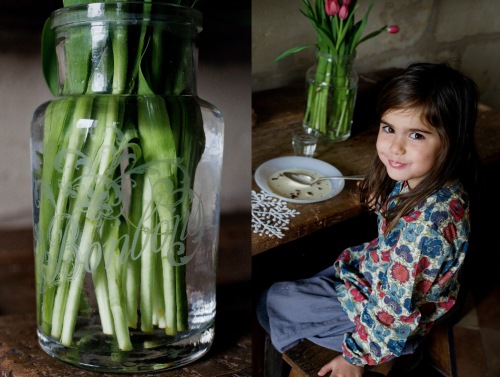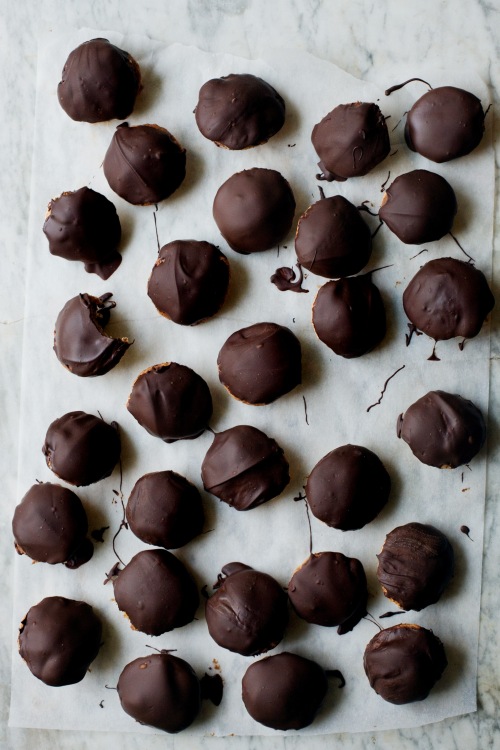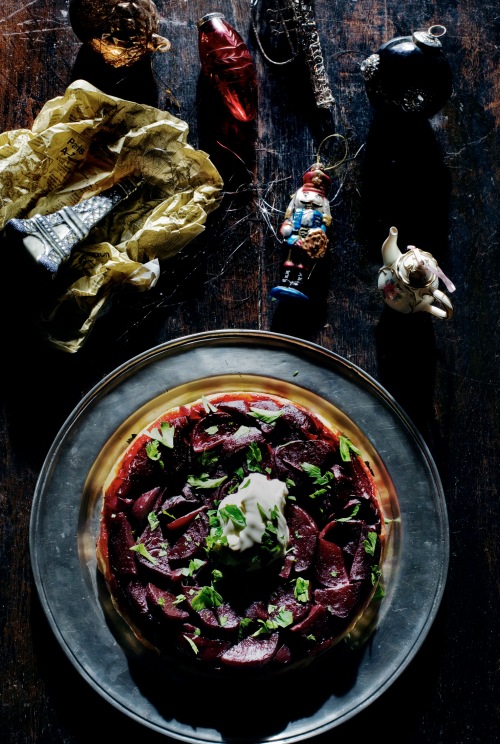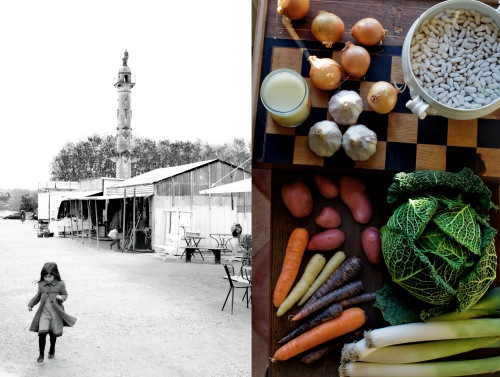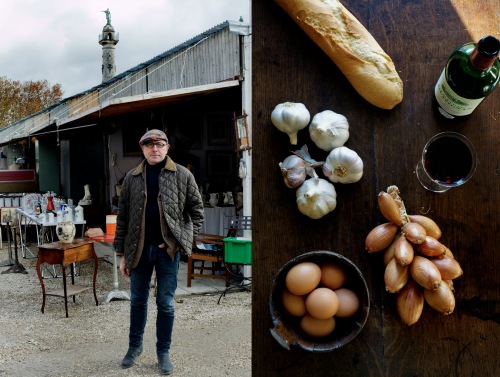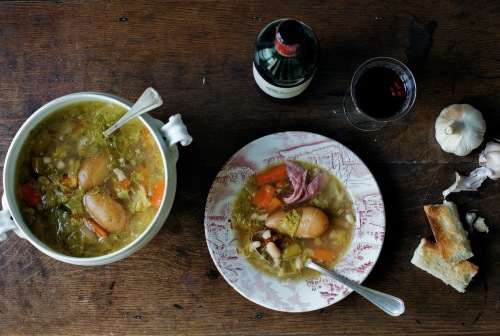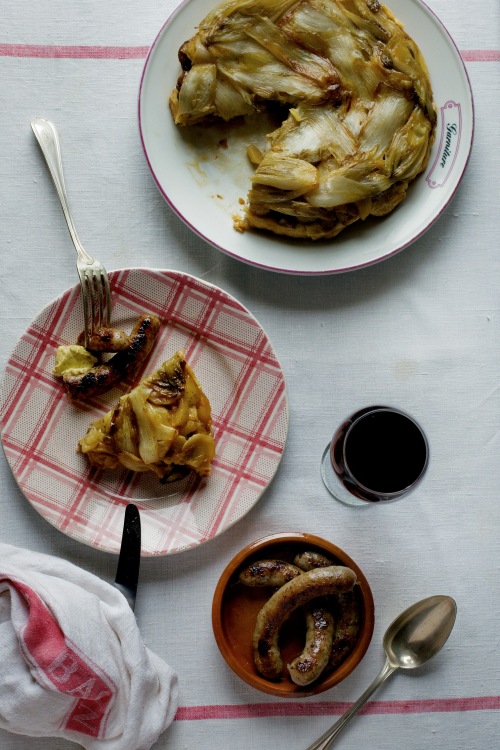
After a good dinner one can forgive anybody, even one’s own relatives. Oscar Wilde
My family and I are from all over. My mother is French, my father Chinese, my husband is Icelandic and a quarter German, my grandfather was Polish… Une famille bien mélangée as one would say. French is the main language at home, but so is English, followed by Icelandic and Chinese (Mandarin). Whatever works.
Culture defines who we are and enables us to express ourselves. When you have so many different ones within your family, you start combining all sets of beliefs and try to be as open-minded as possible. I call it wisdom.
I have been so inspired lately by the Thanksgiving preparations from my friends and fellow bloggers. Having been invited to a few Thanksgiving events in my life mostly through American amis, I have never had a chance to truly celebrate it at home. So last night, I decided to prepare a little French Thanksgiving repas familial.

We are all so busy, so caught up in our daily lives that any reminder to stop and think ‘What am I thankful for’ is wonderful. It’s a beautiful thought, and there aren’t enough of those these days.
I am so thankful for my family, they are my love and inspiration, my raison d’être. It’s been two years since we embarked on an adventurous move to Médoc. It’s been a sensational world of discoveries, stimulation and revelations. I love the nature that surrounds us, the new friends we have met, the freedom we give to our dogs, the joy we share at the table.

Château Lanessan
One of the perks of living in this part of France is being able to drop by a château to buy wine. I recently went to château Lanessan to get a few good bottles and walk through the vineyards. I always make sure to bring my friends there. We enjoy the wine-tasting and visiting the property surrounded by beautiful horse stables. It’s one of my favourite châteaux in Médoc, so enchanting in its neo-Tudoresque style. There’s something terribly romantic about that place. It certainly stirs one’s imagination. My children call it the Scooby-Doo ghost castle, I call it the ‘Bonjour Tristesse’ château.

Right here, right now, the best place to be is in the vineyards. The golden leaves are dancing away from the autumn wind, soon the trees will be bare leaving me chagrined. For now, I am reflecting on the honeyed caramel hues, so pleasurable to the eye and to the soul. Could these gourmand colours be an appetite opener? I would like to think so.

Honey Bee

So here was the menu for my improvised Thanksgiving. We started with a potage de topinambours (Jerusalem artichokes) with parsnip chips. Just the word topinambour sounds so festive, like a soup with drum beats! We then enjoyed a cocotte de daube de boeuf (beef stew) with autumn vegetables. For dessert, I chose my all-time favourite, a Mont-blanc. It’s my version of a Mont-blanc (classic dessert that looks like snow-capped mountain), a meringue with whipped cream, the all mighty god of all goodies crème de marron, and marrons glacés (chestnuts candied in sugar and glazed). It’s about time I share my love and passion for chestnut vanilla cream from Clément Faugier. I am a huge fan since I was a kid, eating it straight from the pot or mixed with fromage blanc. It’s a cream made of chestnuts, vanilla and sugar. I hope you can all get it, one way or another, for it is my most treasured péché mignon (sweet weakness)!

As if our family tree was not complicated enough, it recently grew a few more branches. Our dog family is as diverse as the human one. We have two new additions, an American and a Hungarian. Miss Honey Bee, (a smooth fox terrier from American lines) and Luc (another smooth born to our two wonderful Hungarian imports Yul and Sky). Now that’s something to be thankful for!

Black pig sausage & Luc
Ingredients: (Serves 4-6)
Topinambours potage
500 g/ 1 pound topinambours-Jerusalem artichokes (peeled and sliced coarsely)
500 ml/ 2 cups chicken stock (or vegetable stock)
1 shallot (sliced)
20 ml/ 2 tbsp olive oil
100 ml/ 1/2 cup crème fraîche
A pinch of fresh parsley
Salt and pepper (for seasoning)
Parsnip chips:
4-5 parsnips
Vegetable oil for frying
Salt (for seasoning)
In a large heavy saucepan, fill oil no more than halfway and heat to 180°C/ 350 F. You can test one slice of parsnip, drop it in the oil – if it starts sizzling, the oil is ready. Fry parsnip slices by batches, 2-3 minutes each, or until golden. Set aside to drain on paper towels. Sprinkle with salt. Set aside.
Peel the Jerusalem artichokes, slice coarsely and set aside. In a large pot, heat olive oil and fry the shallots for 3 minutes. Add the Jerusalem artichokes and continue frying for 3 more minutes. Season with salt and pepper and add chicken stock. Lower heat, cover and cook for 30 minutes or until the vegetables are tender. Mix in food processor until you get a smooth and velvety soup. Return to pot, season more if necessary and add crème fraîche. Serve immediately with sprinkled parsnip chips and parsley.
Daube de boeuf (beef stew – to be prepared the night before)
1 kg/ 2 pounds paleron de boeuf (beef shoulder, or preferred stewing-type beef)
150 g chunk of bacon/ 1/3 pounds (cut in sticks, lardons or sliced)
250 ml/ 1 cup red wine
250 ml/ 1 cup beef stock
2 small parsnips (cut in chunks)
1 carrot (cut in chunks)
5 small topinambours/ Jerusalem artichokes (sliced in semi-thick rondelles)
1 leek (sliced in two pieces)
2 cloves garlic (sliced)
1 large onion (sliced)
1 shallot (sliced)
4 sprigs of fresh thyme
1 tbsp flour
1 bay leaf
A small handful of chopped chives
Salt and pepper (for seasoning)
50 g/ 1/4 cup unsalted butter (for frying)
Place beef with sliced onions, 3 cloves, bay leaf and thyme in a bowl. Pour wine, cover with cling film and marinate overnight in the fridge. You can add a bit of water so the beef is covered. The next day, drain beef and pat dry, reserve wine and herbs, discard cloves. In a large cocotte/ pot, melt the butter, brown beef on all sides and set aside on a plate. In the same pot, add a bit more butter, fry the onions, bacon and shallot for 3 minutes, add the garlic, carrot and beef. Take off the heat, add flour, mix well. Season with salt and pepper. Return to heat, add reserved wine and leave to reduce for a few minutes. Add the stock. Mix all the ingredients with a wooden spoon, add the thyme, bay leaf, parsnips, leek and sliced topinambours/ Jerusalem artichokes. Cover and simmer on a low heat for 2-3 hours, or until beef is tender.

Mont-blanc
6 extra-large egg whites, at room temperature
1 + 1/2 tsp cornflour
A pinch of fine salt
320 g/ 1 1/2 cups sugar
350 ml/ 1 1/2 cups whipping cream
300-400 g/1 1/2 cup crème de marrons/ chestnut cream
6 marrons glacés/glazed candied chestnuts (cut in small chunks)
Icing sugar (for garnishing)
Preheat the oven to 140° C. Line a baking tray with parchment paper.
Meringues:(makes about 5-6 meringues)
In a large glass bowl, whisk the egg whites (I use a pair of electric whisks) and salt on a high-speed until frothy – try to keep the whisk position as horizontal as possible. Add the cornflour and sugar (1-2 tbsp at a time) gradually and continue whisking. You should add the sugar in small quantities until the end of the process. The egg whites should form stiff peaks (this usually takes about 10-15 minutes). With the help of two large slotted spoons, spoon the egg whites onto the parchment-lined baking tray. ‘Twirl’ your spoon around and finish off with a spiky peak.
Bake for about 1 hour. Switch off the oven, and leave them to cool inside the oven with the door slightly open for 15 minutes.
To assemble:
Whip the cream, place 2 tbsp on each meringue. Pipe the chestnut cream (pastry bag with a small round tip), add small chunks of marrons glacés on top and sprinkle with icing sugar.


